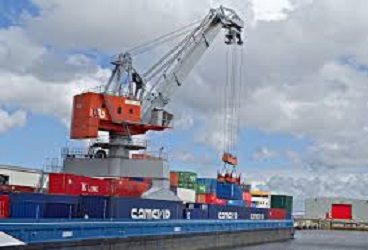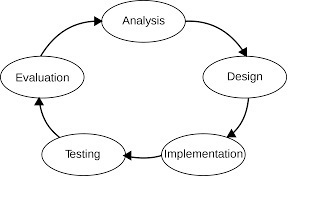Introduction:
In a supply chain management, the first decision the shipper need to take, whether they will make transportation in-house or use a third party carrier. Usually, using third party carrier is mostly found. Using a third party carrier arises the question of shipper-carrier relationship management.With globalization, shipments have been increased very much. In this perspective, companies need to give attention to sustainability and mutual incentives.
Shipper-Carrier relationship:
The shipper organization submits space booking to our 2PL, 3PL carriers within due time and any space booking is scratched off per buyer guideline. The shipper needs a carrier that helps it in times of urgent situation, bad weather and does speedy communication. When carriers are ready to carry the cargo for your inbound cargo and the ERP is updated with their credentials, a shipper may find that performance improvement, communication measures, score-carding, and corrective action etc. are necessary.Shippers are turning to carriers to send out more packages than ever, and carriers are being coerced to reweigh continually and reassess packages for acceptability and take steps to avert damage in both truckload and less-than-truckload shipments. More shippers need to understand the value their carriers bring to the table and how the shipper can work to amend the relationship through the bidirectional flow of information. Shippers often view carriers as the sole provider of accommodations in the relationship. In authenticity, shippers need to avail carriers by providing the most precise, timely data and information about these respective shipments. On the surface, the contract is engendered to provide benefits to both shippers and carriers. As a result, the entire relationship needs to evolve and fixate on ameliorating the capabilities of both the shipper and carrier. [1]

Evaluation of a carrier:
At the point when a carrier (2PL/3PL/4PL) is chosen for any mode of shipment, it is required to give space booking to them well ahead, with the goal that they can move the freight. Indeed, even before this a carrier must know their financial charges and need to educate them the principles which buyer needs. Firms ought to assess the transportation work in view of responsiveness to the client, stock cost, and transportation cost in mix. The prerequisites and modes of transportation utilized as a part of a supply chain network changes with the request and item related issues. Evaluation of performance of both parties and a close relationship and dialogue is the key to develop a good carrier relationship. Standard operating procedure (SOP) helps to maintain a perfect procedure and a deviation from SOP may be punished by some procedure, although they may not be legally applicable. An SOP may include following things: purpose of the SOP , expectations of carrier service, contractual issues, description of goods, points of contact, customs procedures, collection and delivery, visibility, rates, providing equipment, transit times, invoicing, KPI management etc.
Big data and transparency:
Big data gives the bearers transparency to their shipments sooner, which enables them to streamline the delivery to buyer better. But the intermittent shippers appear to the transporter to be more through website rather than high volume shippers, since the shipments offered by means of the site are commonly done by a little shipper with low volume. Some 3PLs are utilizing huge information which allows them to brisk correspondence and straightforwardness. It enhances shipper – carrier/transporter relationship too. Trucking carriers are not using big data usually.
Conclusion:
Above mentioned things usually are elements of shipper-carrier relationship management. It is not an over emphasis that some other parties involved in the shipper-carrier relationship .They are Consignee, notify party, freight forwarder etc. Consignee is the party shown on the bill of lading or air waybill to whom the shipment is consigned. In many cases the freight forwarder will additionally consolidate several minuscule shipments into one more immensely colossal one to capitalize on better freight rates. Need not always be the buyer, and in some countries will be the buyer’s bank.Notify Party is the person or company to be advised by the carrier upon advent of the goods at the destination port.Freight Forwarder is a person or corporation who arranges convey of goods on behalf of either the seller or buyer. Transperancy, visibility and maintenance of SOP and supply chain value are the most important things in shipper-carrier relationship management.
References:
1. Jessop,Kevin.(2016).“Re-Imagining the Shipper-Carrier Relationship”. http://cerasis.com/2016/08/24/shipper-carrier-relationship/.Pages1.




